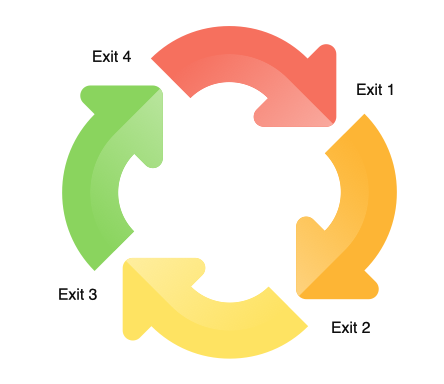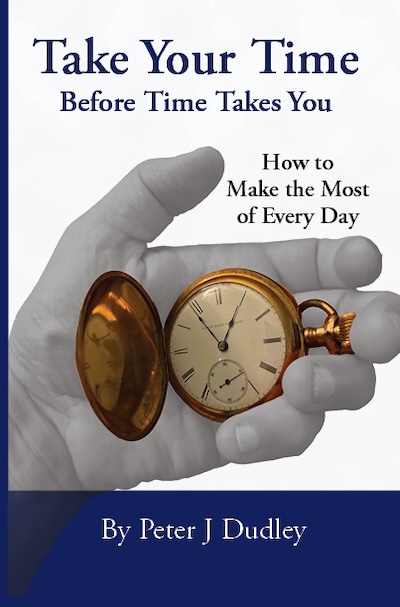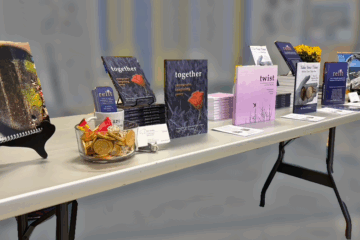Exiting the Decision Circle
Last week one of my clients corrected himself in real time. He said, “We made some decisions… well, we traversed the decision circle.”
I knew immediately what he meant, of course, even though I had not heard the term “decision circles” before. In context, it worked.
He meant that he and his wife talked a lot about the decisions they had to make, but each discussion led to a new discussion rather than to a decision. Eventually, they circled back to the beginning, where it started all over again.
A decision circle is usually a competition of goods
This is a little different then being in the middle of a web of bungee cords. That’s when any decision you make has so many repercussions on the other choices that they pull you back into ambivalence. For example, moving far away for a new job may negatively impact your family relationships, social life, and regular routines. But staying nearby may limit your career or keep you in unhealthy situations.
Traversing a decision circle is more like being unable to let go of other choices. Each time you think you’ve decided on one exit from the circle, you start to grieve the loss of one of the other options, so you go take one more look at that other option, and… around the circle you go.

Exiting the decision circle can feel impossible because you’re facing a competition of multiple good outcomes, all of them roughly equivalent in their goodness.
Here are three things that can help get off that circle:
1. Stop pretending it’s permanent
Treating a decision as permanent puts a lot of pressure on it. No matter how permanent a decision feels, nothing at all is permanent. You can always make a new choice later, if this one doesn’t work out like you hope.
2. Switch from analysis to experiment
Like most people, my client had already listed out pros and cons, had already explored the things he and his wife really wanted, had done a bunch of research. I was happy when he told me they had figured out a way to try one of their options out, while keeping the other options on hold but still available. If you can find a way to treat one choice like an experiment, you can learn a lot from the experience.
3. Use a totally contrived, oddball, irrational tiebreaker
Roll some dice or flip a coin. Write the choices on the bottom of rubber duckies and have a friend pluck one from a basin, like a hook-a-duck carnival game. Have your friends (or random strangers) vote. When the choice is made this way, note your reaction to the choice. A lot of decisions have been made when someone flips a coin and their immediate reaction is, “okay, best two out of three.”
A fourth option
A fourth option is to avoid deciding at all. Is there a way to have everything? Probably not, but most of us when faced with a choice never fully engage our imagination on how to make it all work out.
It’s quite possible my client has already accidentally landed on that fourth option. He’s not really considering it because on the surface it feels a little chaotic and exhausting and unsustainable to try to inhabit all four of those futures simultaneously. But I can see it’s not impossible.
Connect with me
Schedule a consultation session now or drop me a line.

With Take Your Time Before Time Takes You, learn to make the most of every day through thought-provoking exercises and perspective-twisting stories. Get it now in paperback or ebook.
“It changed my life.” – TP, client
“A go-to guide for people who want to improve their lives but don’t know where to start.” – MJ, earlier reviewer

RELIT: How to Rekindle Yourself in the Darkness of Compassion Fatigue gives practical, actionable advice on avoiding and overcoming compassion fatigue and caregiver burnout. My chapter explains how I stay centered and focused so I can give every client my best, every time.
Download my chapter for free: Show up. Try hard. Be nice.
Or just go buy the whole book. It’s worth it.


